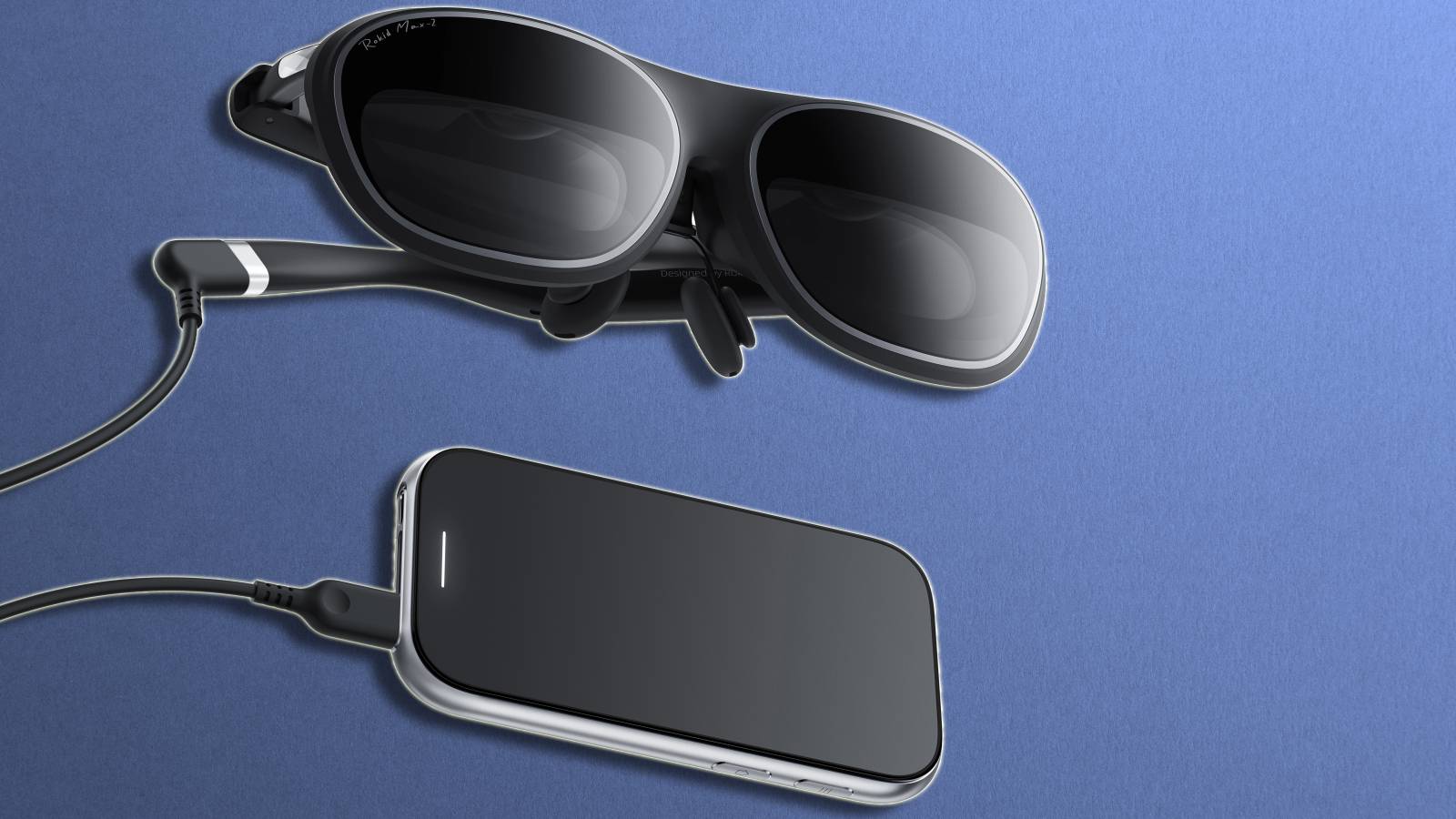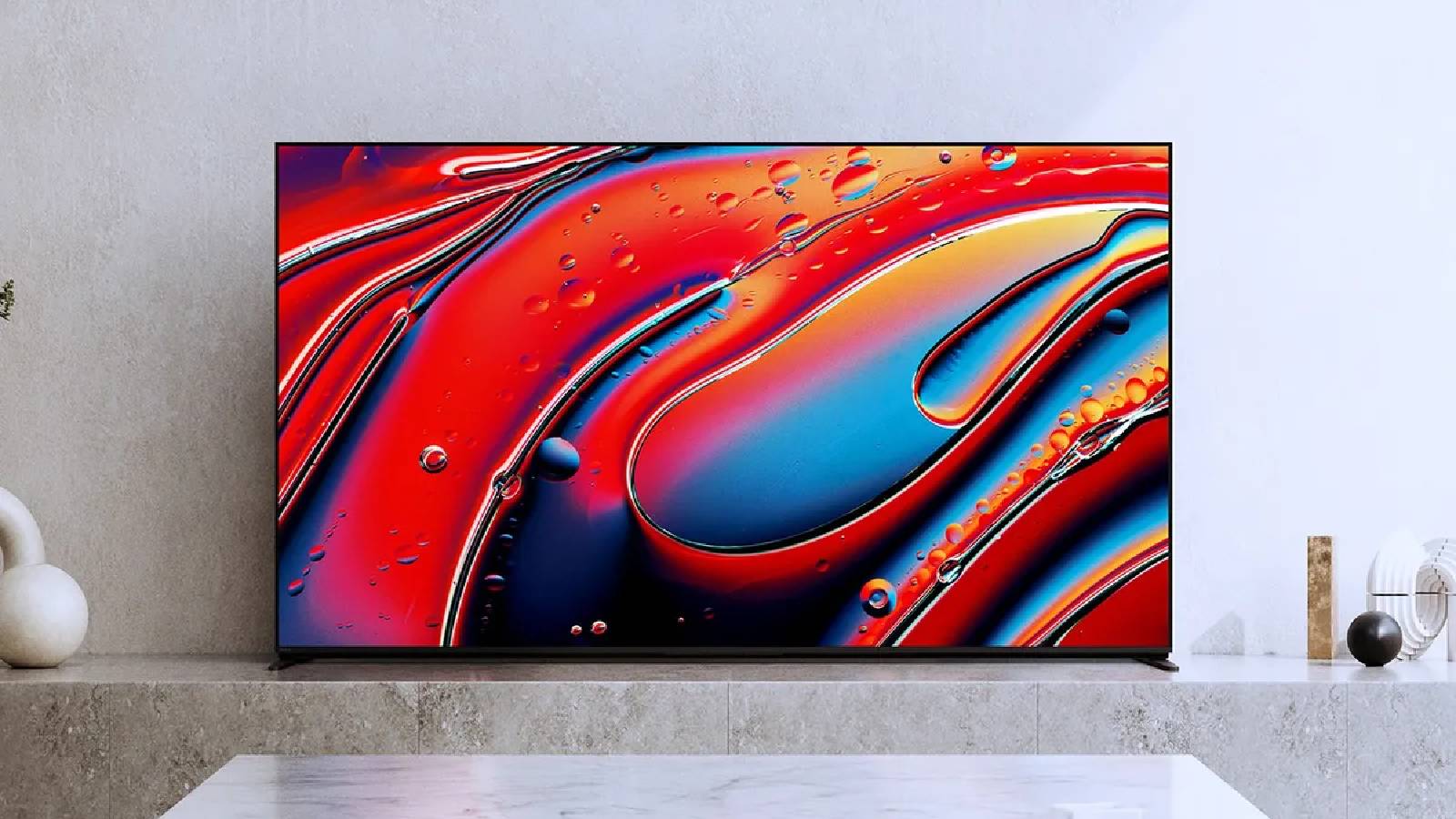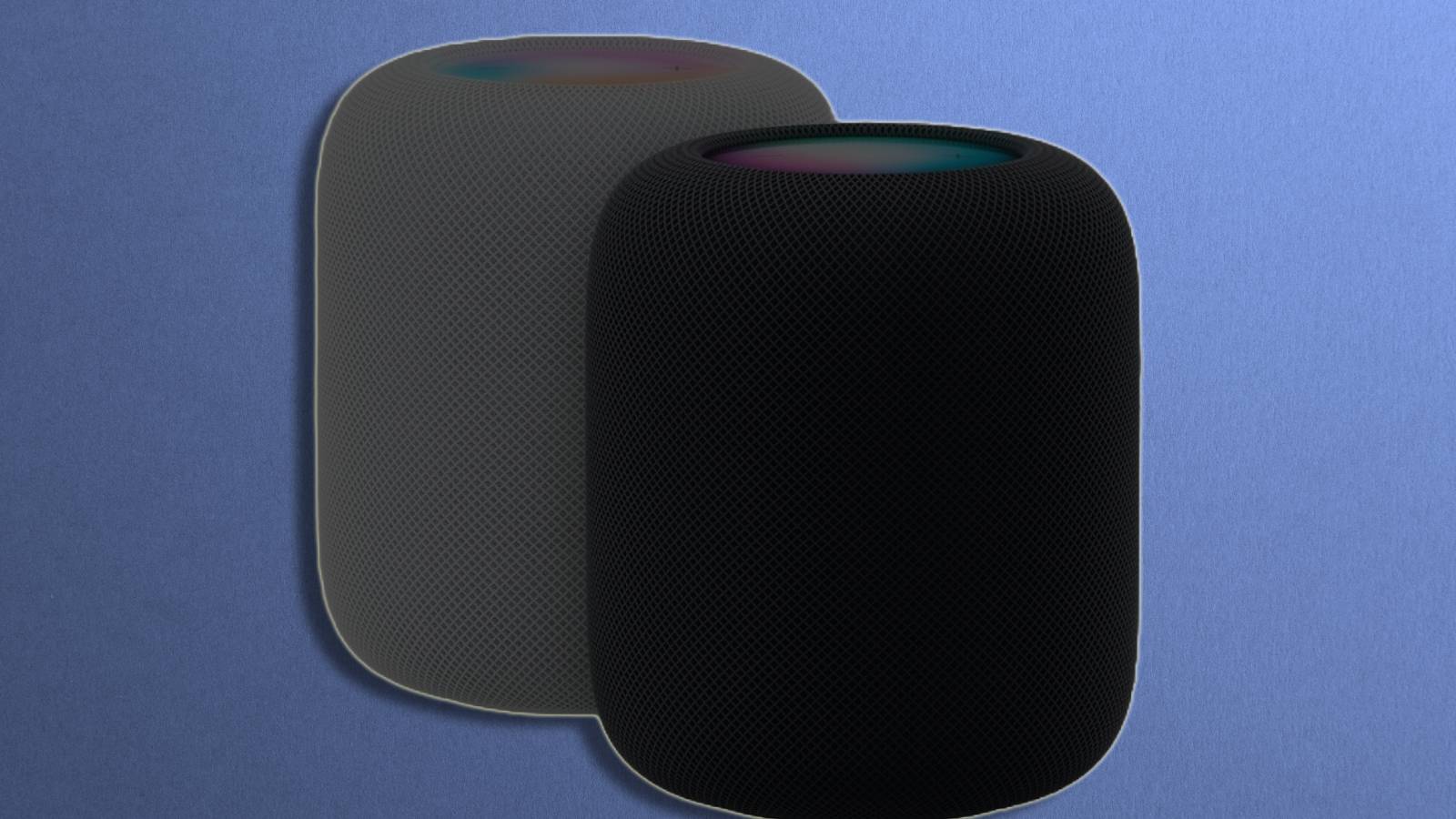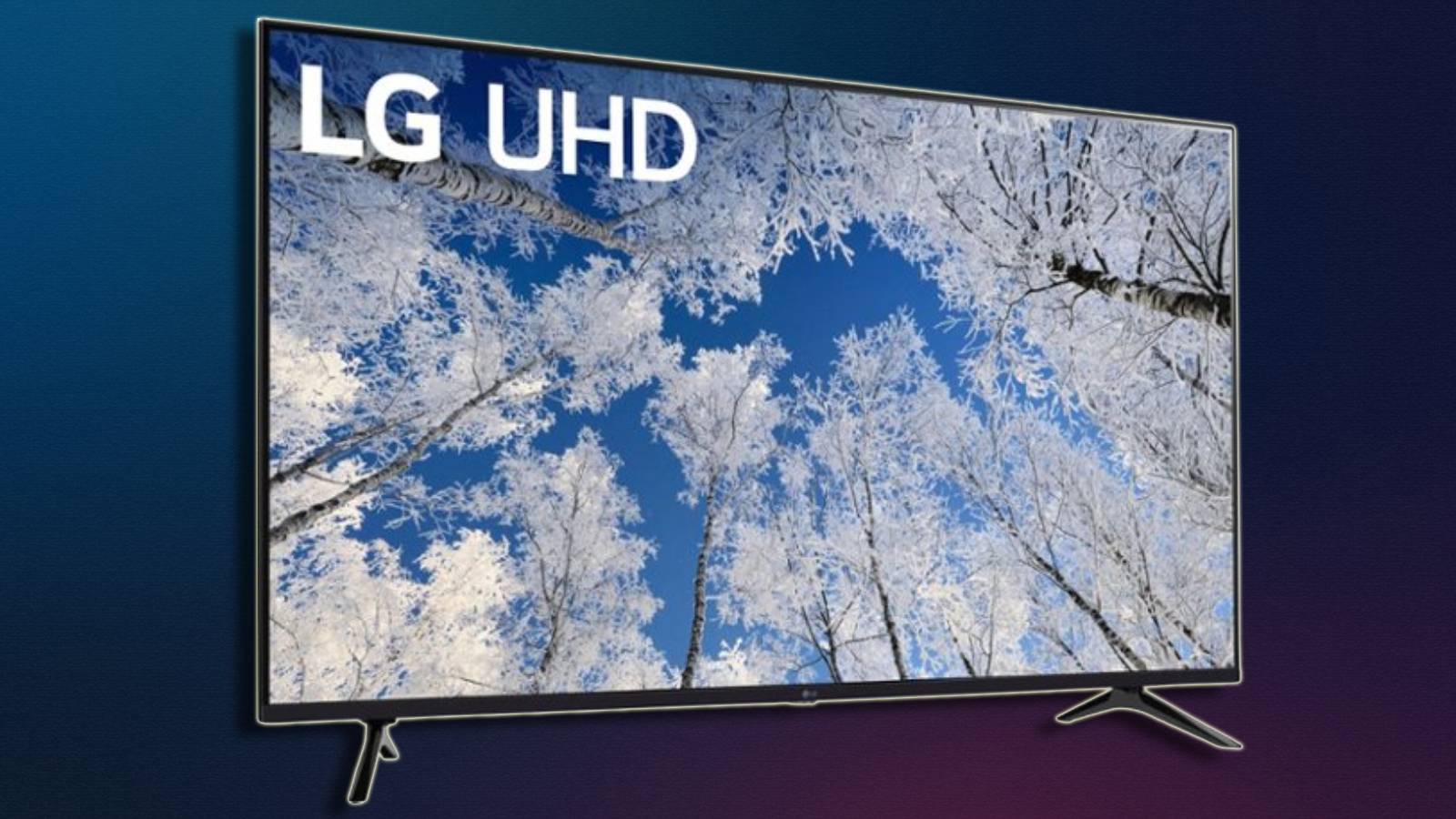Mini-LED vs QLED: Differences & similarities explained
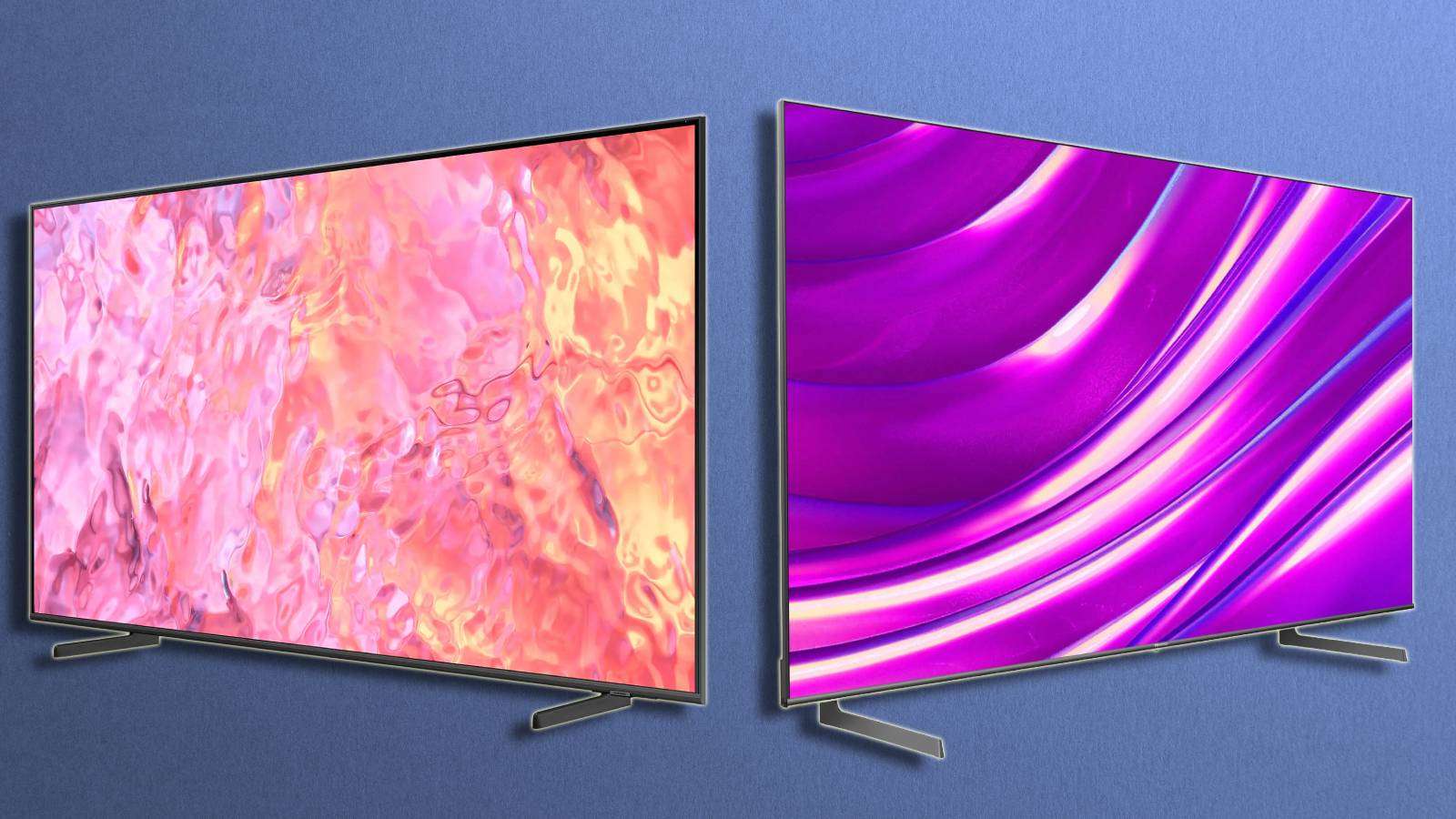 Dexerto
DexertoBoth Mini-LED and QLED are next-generation displays that power most modern TVs. Here’s a quick guide on Mini-LED vs QLED to help you understand which one you should choose.
When in the market for buying a smart TV, you’ll come across various display technologies like – OLED, QLED, Mini-LED, and many more. While the variety in choice is excellent for a consumer, it can get overwhelming if you do not know the difference between these panel technologies.
We’ve already explained the difference between an OLED and a QLED TV. In this guide, we try to uncover the differences and similarities between the Mini-LED and QLED displays and understand the best TV technology for your use case.
Mini-LED vs QLED: Understanding the core tech
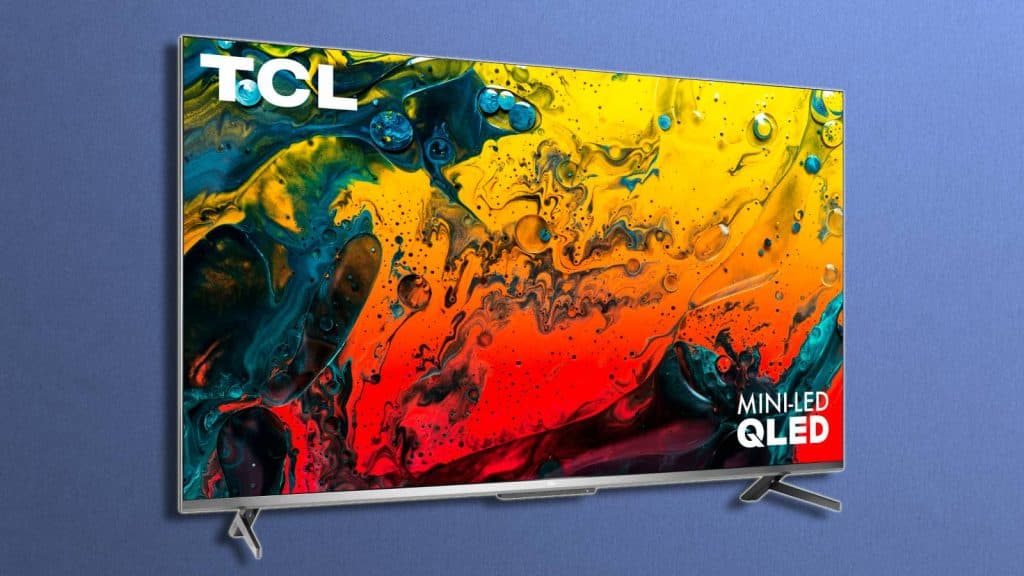 TCL
TCLWhen you buy a Mini-LED or a QLED TV, you’re essentially buying a Liquid Crystal Display or LCD TV, with a difference in the lighting technology. Unlike an OLED TV, whose pixels are self-lit organically, LCD panels depend on light-emitting diodes or LEDs. Depending on the TV budget, these LEDs can be placed at the edge, or behind the layer of liquid crystals.
A Mini-LED TV has a ton of small LEDs working as a source of backlight to the layer of liquid crystals. These Mini-LEDs are tiny, as small as a pixel itself, and thousands in number.
Apart from being a way brighter light source, this Mini-LED array offers better control over darker portions and helps project colorful images. As a result, a Mini-LED provides brighter images and darker blacks compared to an LCD, where black is generally grey.
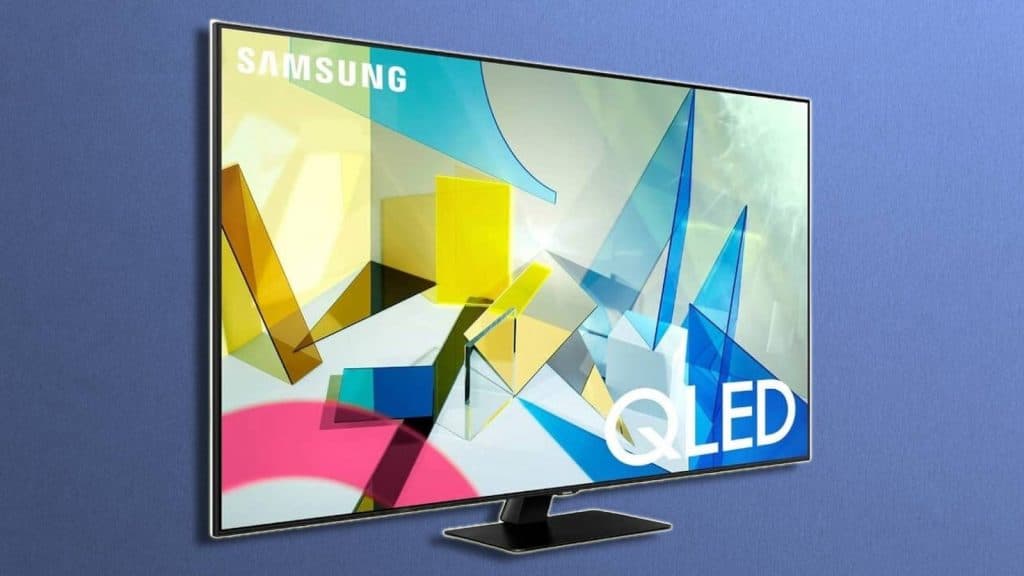 Samsung
SamsungOn the other hand, a QLED TV, primarily a Samsung hallmark, uses a metallic layer of tiny dots called “Quantum dots” to produce better color output when the light passes through them. These dots are of different sizes and produce color depending on the size. Smaller dots produce blue hues, while larger ones result in deeper red.
Aside from Samsung, TCL and Hisense are the brands that are known for making QLED TVs. These panels are not as bright as other premium displays, but the color reproduction is way better than that of a typical LCD panel.
Mini-LED vs QLED: Differences & similarities
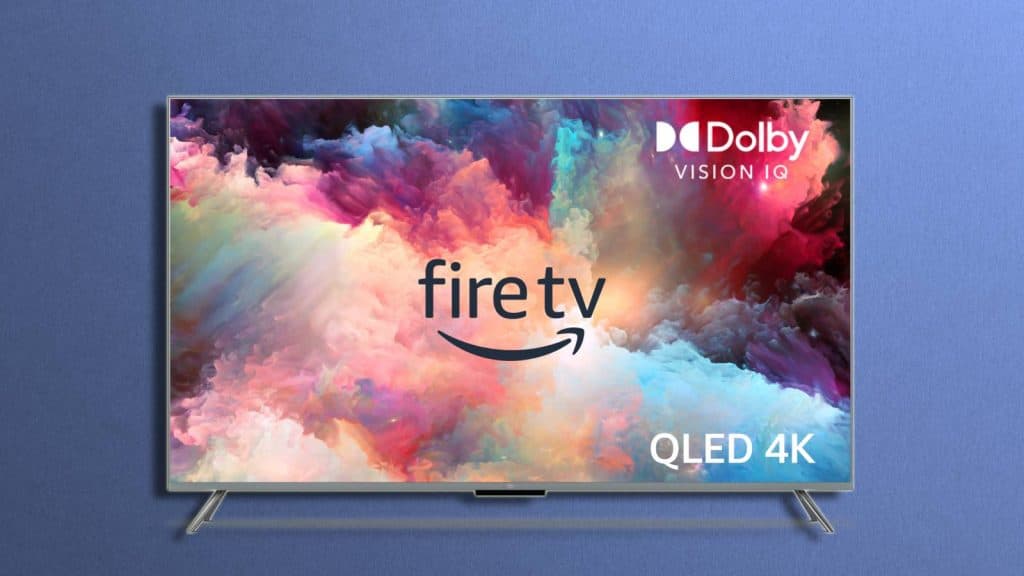 Amazon
AmazonWhile Mini-LED TVs might sound similar to OLED TVs as they offer a pixel-level of control over the light source, they’re the same as a QLED TV. Both TVs use an LCD panel as a base, offering better colors, improved brightness, and contrast levels.
Mini-LED TVs have a distinct advantage over QLED TVs in more ways than one. These TVs are way brighter than a QLED TV, thanks to the thousands of tiny lights. Moreover, Mini-LEDs use way fewer materials as they are much smaller and cheaper to produce than a Quantum Dot panel.
QLED panels are less bright than Mini-LED panels, but you get richer color output. A QLED TV is generally bulkier than a Mini-LED TV, too. That said, you might also come across a QLED panel using an array of Mini-LEDs as a light source. These are marketed as Neo-QLED TVs.
If you’re a gamer who likes to hook the TV to a gaming console or a gaming PC, a Mini-LED could be ideal as it produces deeper blacks and higher contrast. While QLEDs have a vibrant color output, HDR playback and wider viewing angles make Mini-LED TVs better among the two technologies.
In terms of build and design, a Mini-LED TV is way more compact than a QLED TV. Even Apple has used Mini-LED panels in its iPad and MacBooks because they are brighter and require less space.
Lastly, Mini-LED TVs are priced at a premium due to all the improvements and features. Some of the most premium and best Samsung TVs use Mini-LED panels and are priced north of $1500.
QLED TVs are the more affordable option of the two, and you can easily find TVs with a QLED panel under $500. TV manufacturers keep innovating with these panels to make QLED TVs feature-rich and a better value for your money.
Mini-LED vs QLED: Which one should you buy in 2024?
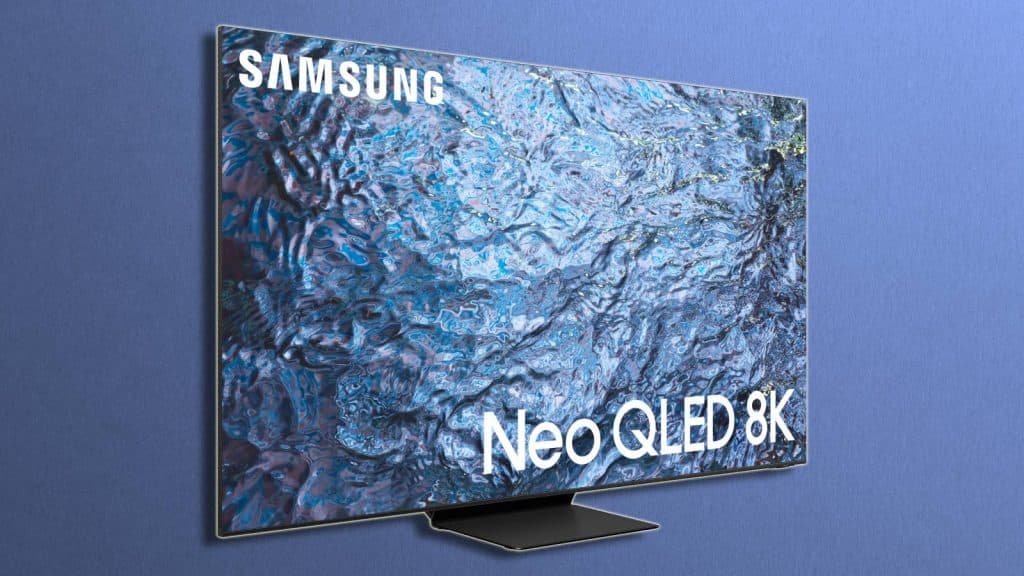 Samsung
SamsungSimilar at the core, Mini-LED TVs are feature-rich, brighter, better at managing HDR content, and carry a premium price tag compared to a QLED TV.
If your room is well-lit and gets bright during the time, you’ll have no option but to pick a Mini-LED TV, as QLED TVs will be almost illegible in very brightly-lit environments.
Moreover, while QLED TVs can be termed a better version of LCD TVs, Mini-LED TVs are a step towards OLED TVs thanks to the deeper black and improved contrast levels.
If you want a new premium TV in 2024, Mini-LED TV should be your choice. However, be ready to pay a premium for an overall better viewing experience.
